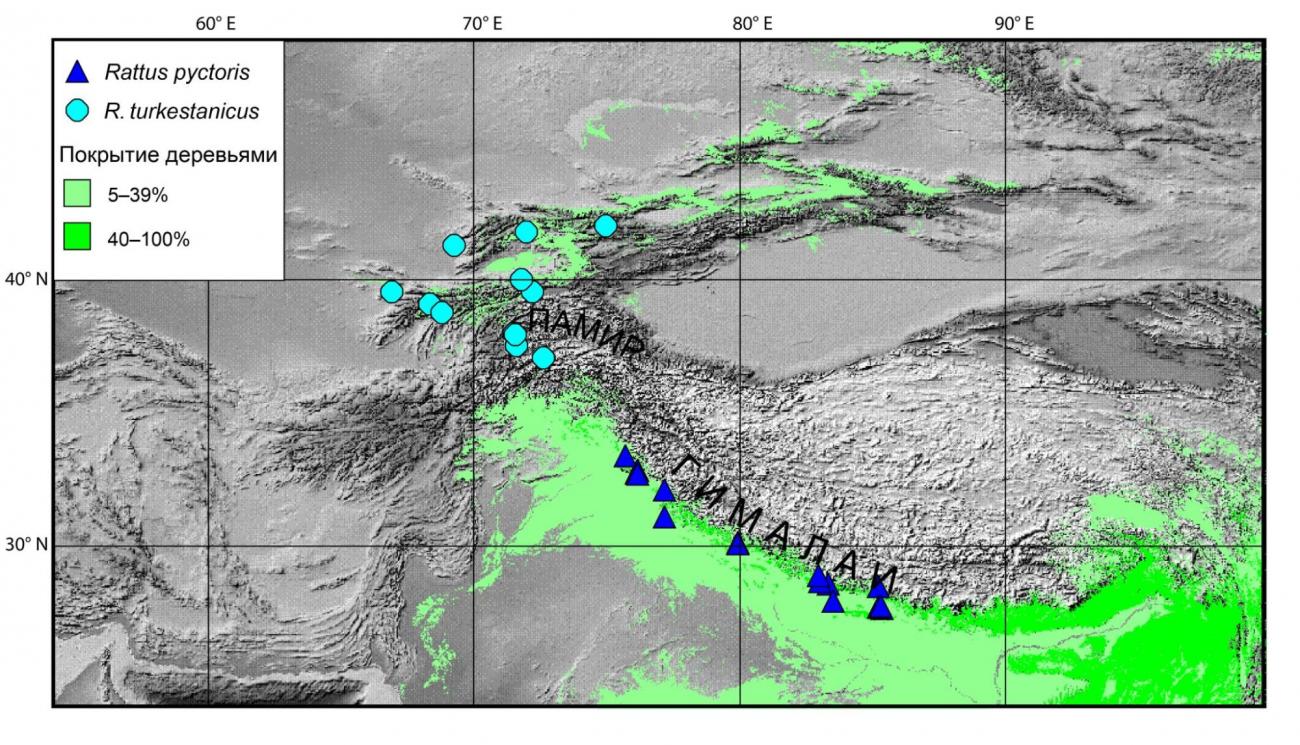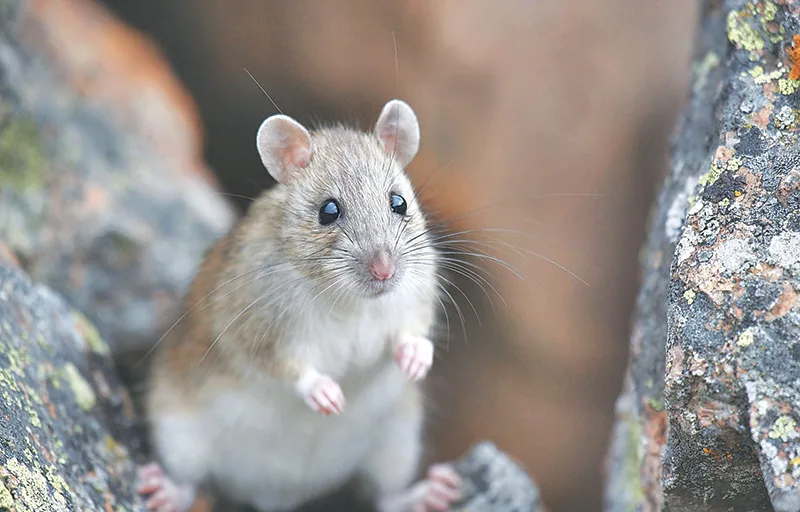Rats of the genus Rattus are very similar to each other. Unlike most mammal species, it is almost impossible to distinguish different species by the skull. Several species of rats are known to have populated almost the entire world, having learned to live together with humans. Naturally, they are actively studied. But mountain species living far from humans have been studied much less.
One of these species is the Turkestan rat. It was described from the territory of modern Kyrgyzstan, and was almost immediately combined with the Himalayan field rat. This point of view was shared by Russian-speaking authors (in passing, mentioning that somewhere there, in the Himalayas, the same rat lives, of which they saw 1-2 specimens) and all the others (who wrote that somewhere there, in the Tien Shan, the same rat lives, specimens of which someone saw). In other words, taxonomists referred to each other, but no one compared the rats of the Tien Shan and the Himalayas. The name of the rats also changed between Turkestan and Himalayan.

A joint Russian-Chinese team led by A.A. Lisovsky, a senior researcher at the Laboratory of Mammal Microevolution at the A.N. Severtsov Institute of Ecology and Evolution of the Russian Academy of Sciences (IEE RAS), and a candidate of biological sciences, collected material on both species and conducted a full-genome and morphological comparison. Interestingly, the number of Turkestan rats has significantly decreased in recent years, so some of the material for the work was taken from old museum collections (including those from the middle of the last century). In this work, together with the Chinese company BGI, it was possible for the first time to read complete genomes with good coverage for material of this age.
“As expected, a comparison of the morphology of the two species did not yield any results. However, a study of the complete genomes showed that the Turkestan and Himalayan rats, although related, differ from each other no less than other species of rats,” said A.A. Lisovsky.
The division of these rats into two species returned the Turkestan rat to its long-used Latin name Rattus turkestanicus, given by the Russian scientist K.A. Satunin in 1903.
The work was https://onlinelibrary.wiley.com/doi/abs/10.1111/zsc.70003 in the journal: Lissovsky A.A., Liu N., Obolenskaya E.V., Ivanova E.A. & Ge D.Y. 2025. The New Old Rat (Rattus, Mammalia) From Turkestan: Revisiting From a Genomics Perspective // Zoologica Scripta. Vol.n/a. No.n/a.
Related materials:
RAS: "Whole-genome study shows separate evolution of Turkestan and Himalayan rats"

